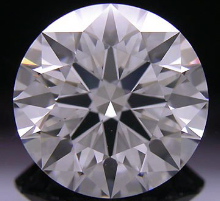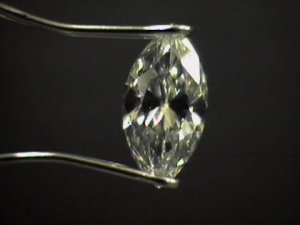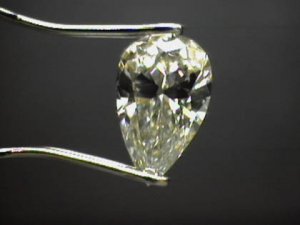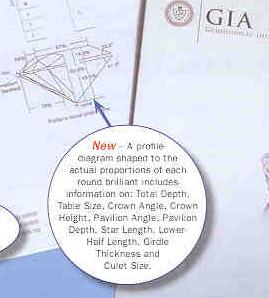JohnQuixote
Ideal_Rock
- Joined
- Sep 9, 2004
- Messages
- 5,212
There are good points to this effect here and the other thread you started about branding, Dave. When developing their new performance-based system AGS was sensitive to the commodities concerns and included these examples to demonstrate the broad ranges and different looks within a grade.Date: 1/19/2006 1:34:02 PM
Author: oldminer
No need to fear commoditization of natural diamonds. There are many, many levels of excellent light performance. Not all ''excellent'' are identical. There are rather broad ranges of clarity and color within each grade and they are somewhat subjective as well. While we can hope to define an individual diamond better for consumers, it will not ever reach the commodity stage.
AGS4 includes both P410t65c298 and P426t51c324
AGS3 includes both P418t49c338 and P416t68c304
AGS2 includes both P400t55c382 and P412t63c302
AGS1 includes both P412t58c322 and P402t55c372
AGS0 includes both P418t47c338 and P412t61c328
I wonder if GIA could demonstrate (or if someone can calculate) similar ranges/looks for EX, VG and G... Or would that be going against the software limitations clause?











300x240.png)